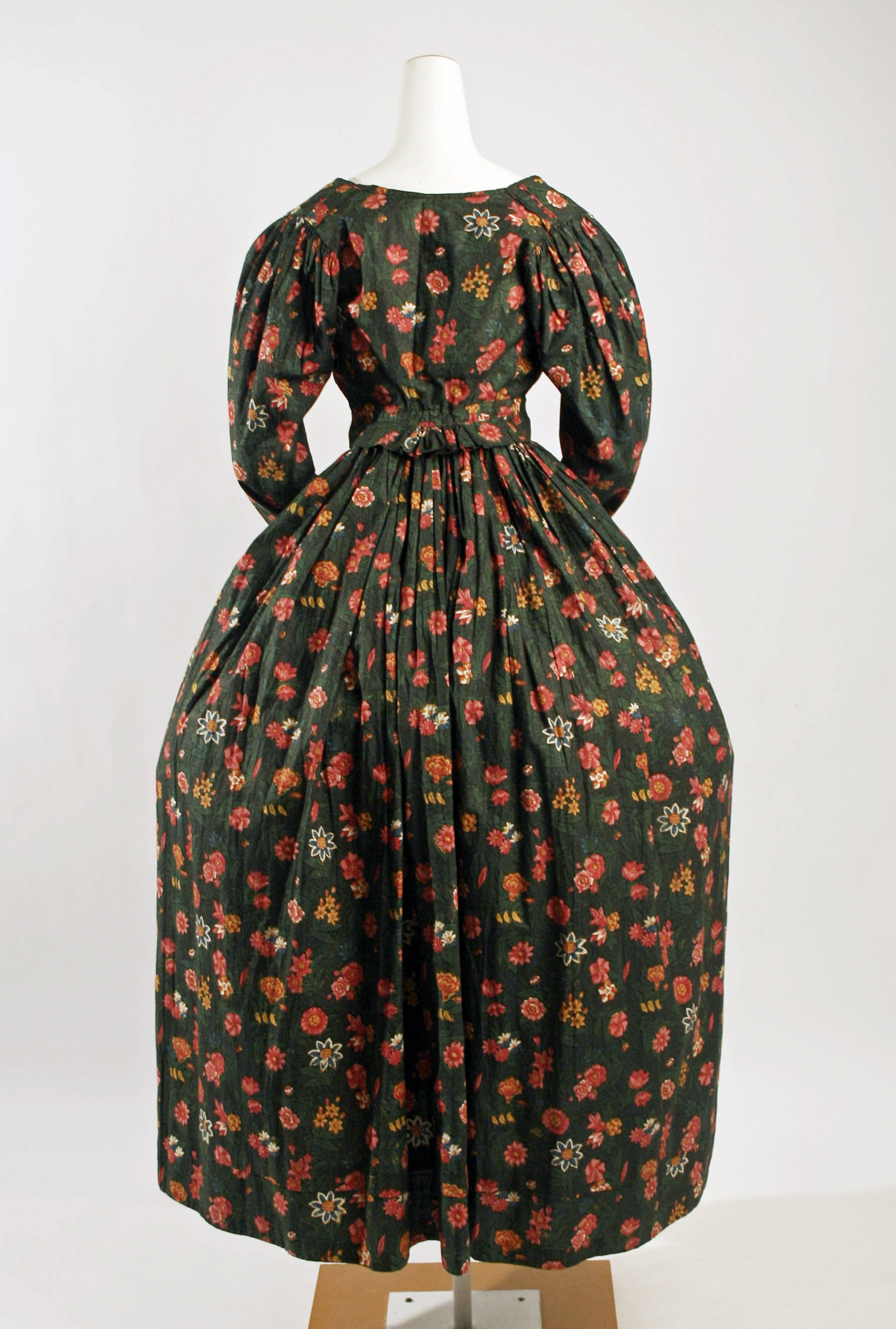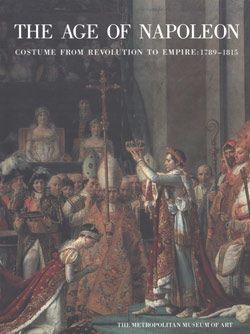Dress
Not on view
With the opening of the Eastern markets, Indian printed cottons found their way into France. At first they were very expensive, and French manufacturers tried to copy them by printing designs with wooden blocks on cotton. The silk and wool industries objected, and numerous edicts forbidding the importation or manufacture of printed textiles were issued. The edicts were universally ignored, and by 1759 all restrictions had been removed. Factories for the production of printed cottons opened in Nantes, Rouen, and Lyons, but the most famous center was at Jouy. Its founder, Christophe-Philippe Oberkampf, developed a system of fast-color dyeing and invented the copperplate printing process. The engraver Jean-Baptiste Huet, the principal designer for the Jouy factory between 1783 and 1811, probably designed the pattern on this toile de Jouy day dress, which has been identified as les bonnes herbes.
This image cannot be enlarged, viewed at full screen, or downloaded.
This artwork is meant to be viewed from right to left. Scroll left to view more.





